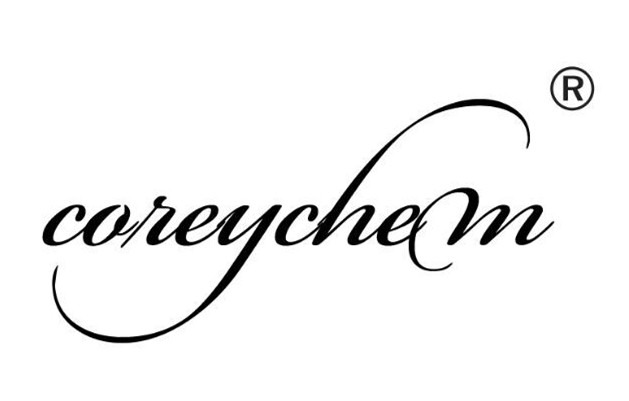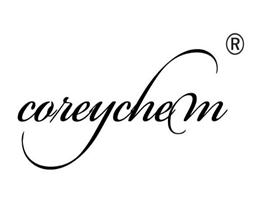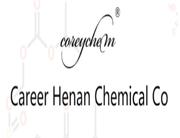| Chemical Properties |
white crystalline powder |
| Definition |
ChEBI: A member of the class of chloroethanes that is ethane in which all the hydrogens are replaced by chloro groups. |
| Uses |
In metallurgy for refining aluminum alloys, removing impurities from molten metals, recovering metal from ores or smelting products. Degassing agent for magnesium; to inhibit explosiveness of methane and combustion of ammonium perchlorate. Smoke generator in grenades; in pyrotechnics. Ignition suppressant, in fire extinguishing fluids, polymer additive, flame-proofing agent, vulcanizing agent. In production of synthetic diamonds. |
| General Description |
Hexachloroethane is a colorless, crystalline solid with a camphor-like odor. Hexachloroethane may cause illness from inhalation or ingestion and may irritate skin, eyes and mucous membranes. When heated to high temperatures Hexachloroethane may emit toxic fumes. The primary hazard is the threat to the environment. Immediate steps should be taken to limit its spread to the environment. Hexachloroethane is used to make other chemicals. |
| Air & Water Reactions |
Insoluble in water. |
| Reactivity Profile |
Hexachloroethane can react with hot iron, zinc and aluminum. Dehalogenation of Hexachloroethane by reaction with alkalis and metals will produce unstable chloroacetylenes. Hexachloroethane can also react with strong oxidizing agents. . |
| Health Hazard |
Compound is a powerful narcotic and liver poison; may also cause changes in blood composition and neurological disturbances. Repeated exposure by inhalation can be fatal. Ingestion causes vomiting, diarrhea, severe mucosal injury, liver necrosis, cyanosis, unconsciousness, loss of reflexes, and death. Contact with eyes causes irritation and lachrymation. Can be absorbed through the skin and may produce severe skin lesions. |
| Fire Hazard |
Special Hazards of Combustion Products: Irritating hydrogen chloride vapor may form in fire. |

 China
China






